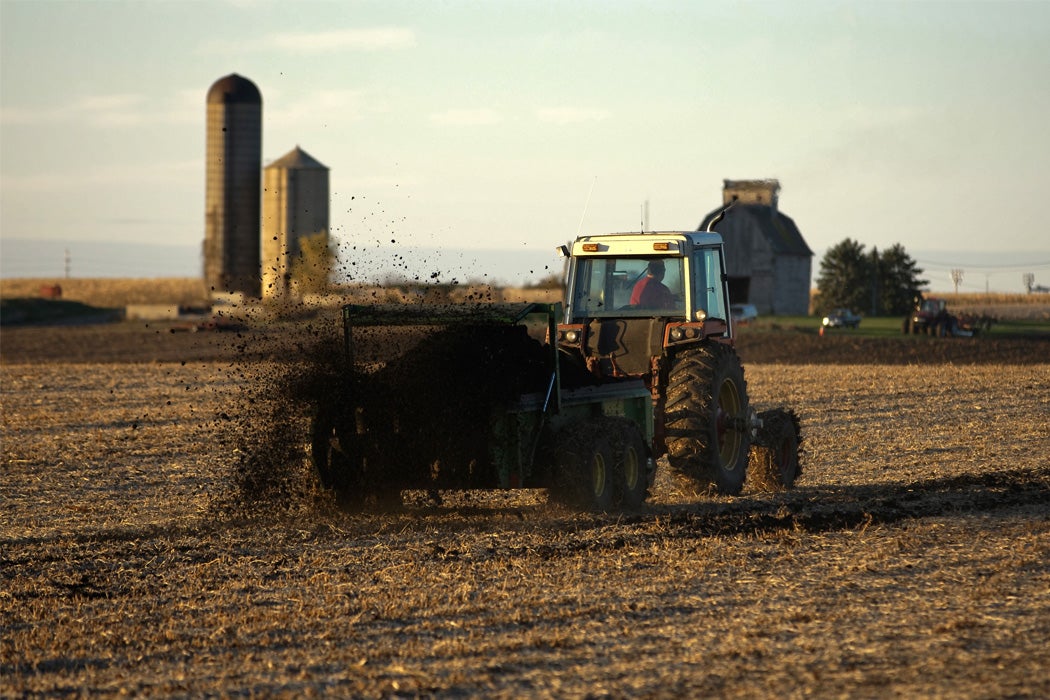The developed world takes sewage treatment for granted. But when sewage is cleaned and prepared for discharge, it isn’t a completely efficient process. What to do with the leftovers? One Australian group is trying to scale up an old idea; converting biosolids into perfectly functional, non-stinky bricks. The public, however, is not necessarily ready to accept building materials made of human waste. Finding uses for biosolids has long posed a problem from a P.R. perspective.
Scholar Christopher Smith discusses how until fairly recently, biosolids were almost always disposed of by incineration. That policy began to change around the time these treatment leftovers, known as “sewer sludge,” started being referred to as “biosolids” instead. The idea of recycling “biosolids” began to receive far more attention than similar projects with “sewer sludge” had. Biosolids, made as they are from organic waste, are high in nutrients and some minerals. Today, while many biosolids are still incinerated, a great many are applied to farms, forests, or other landscapes in need of nutrition.
Farmers and land managers tend to welcome this low-priced alternative to expensive fertilizers. Consumers, on the other hand, are often less enthused. There is a pretty high ick factor: after all, biosolids are made from, well, human waste. Many communities object to their presence on principle, due to the unseemly nature of the process. The main sources of biosolids tend to be large urban centers, and the recipients tend to be rural areas. For many, the optics of a city foisting its waste on the nearby exurbs are simply unacceptable. Other objections are more practical; there is widespread concern that biosolids contain pathogens or other contaminants that might make their way into the food supply.
Are these concerns justified? Steve Spicer compares biosolids to other common agricultural treatments, manure, and fertilizers. (He writes for Water, Environment and Technology, which, in the interest of disclosure, is the journal of the pro-biosolid Water Environment Federation.) Spicer’s analysis of existing studies concluded that biosolids are comparable to manure in terms of metal content, and probably contain fewer metals than artificial fertilizers. The pathogen risk may also be less than that of manure, possibly because manure is not treated. Spraying manure on fields has also long been a convenient way to use up unwanted manure. Partially as a result, manure tends to be used in higher volumes compared to biosolids. Lastly, compared with artificial fertilizers, the organic materials in both biosolids and manure tend to improve soil health.
Once a Week
If Spicer’s analysis is correct, then biosolids are comparable in function to manure and may even make superior fertilizer. But manure continues to draw fewer objections compared to biosolids. Spicer chalks this up to biosolids being relatively new to the agricultural scene, while the use of manure as fertilizer is ancient and familiar. Perhaps people will someday come to accept biosolids the way they currently accept manure and similar fertilizers.







